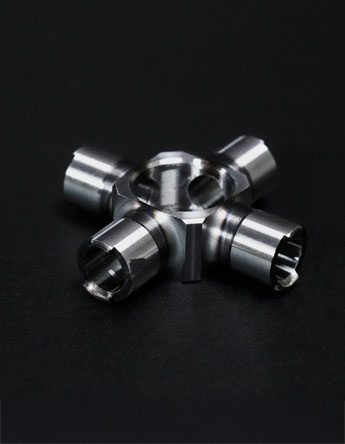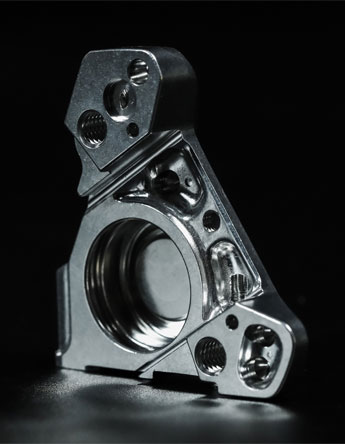
Forging
Forging is a metal process with a long history. The core principle is to apply pressure to cause metal materials to undergo plastic deformation in the solid state, thereby changing their shape and mechanical properties. In stark contrast to the casting process, which involves melting metal into a liquid state and then pouring it into a mould, forging focuses on the plastic flow of metal in a solid state.
The principle of industrial forging is to use external power, such as hammering, extrusion, rolling, etc., to exert pressure on the metal billet, forcing it to undergo plastic deformation to fill the mould cavity or achieve the desired shape. During this process, the grain structure inside the metal will change significantly. The initially coarse grains will be crushed, elongated, and rearranged, becoming denser, finer, and more uniform. This is also the key to why forging can effectively improve metal materials' strength, toughness, fatigue strength, and wear resistance.
According to different classification standards, forging types and methods can be divided into the following categories:
According to the forming method:
Open Die Forging:
Open die forging uses simple tooling, such as hand hammers, power hammers, anvils, etc., to forge on the metal blank and form it gradually. It is flexible and suitable for small batch production, single-piece production, and large workpieces, but production efficiency is lower.
Die Forging:
Place the metal blank in a pre-designed die and put pressure on it to deform it inside the die to achieve a precise shape and size. Die forging has high production efficiency and is suitable for mass production, but the mould manufacturing cost is higher.
According to the working temperature:
Hot Forging:
Forging is performed by heating the metal billet above the recrystallization temperature. Hot forging can significantly reduce the deformation resistance of metals, making them easier to form. It is suitable for most metal materials and can be deformed to a more significant extent.
Cold Forging:
Forging is performed at room temperature. Cold forging can improve the strength, hardness, and surface finish of metals, but the deformation is limited. It is usually suitable for metal materials with good plasticity and small parts.
According to whether there is flash:
Open Forging:
During the forging process, the metal flows to the outside of the mould. The excess metal is called a flash, which needs to be removed later. The mould structure of open forging is simpler.
Closed Die Forging:
The metal is sharpened in a closed mould without creating a flash, so the precision is higher, and the material utilization rate is also higher, but the mould cost is also higher.
Compared with other processes, forging has the following advantages: improved mechanical properties, increased reliability, and saved material cost; but it also has some disadvantages, such as higher equipment and mould costs, not being suitable for all materials, and restrictions on the shape of the workpiece. Tung Shuhn Precision is a professional forging factory that can solve various problems for you.

